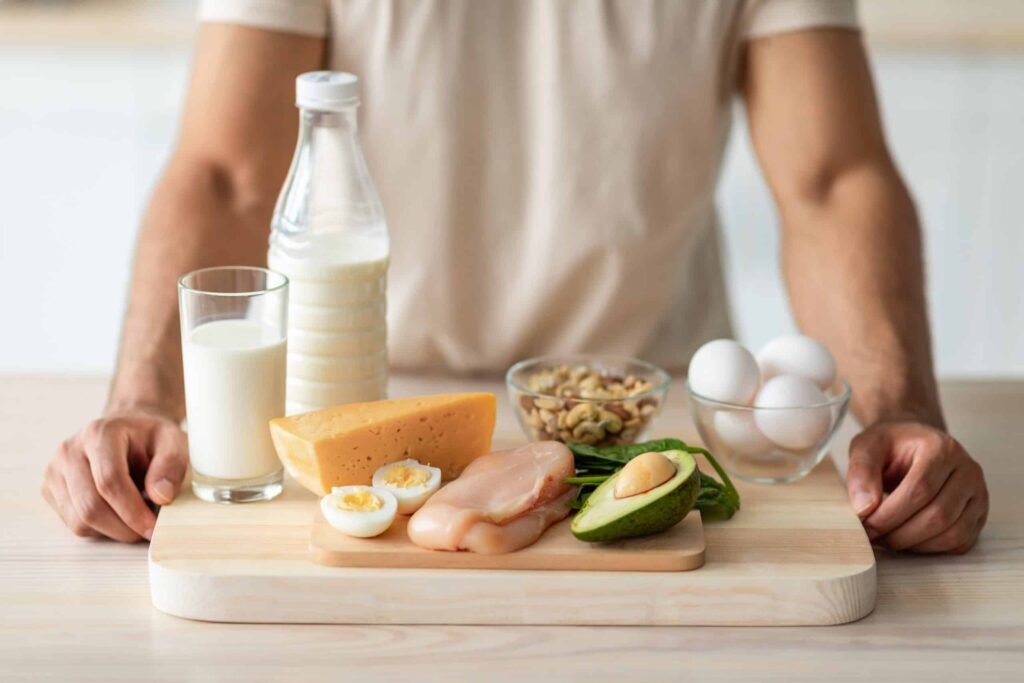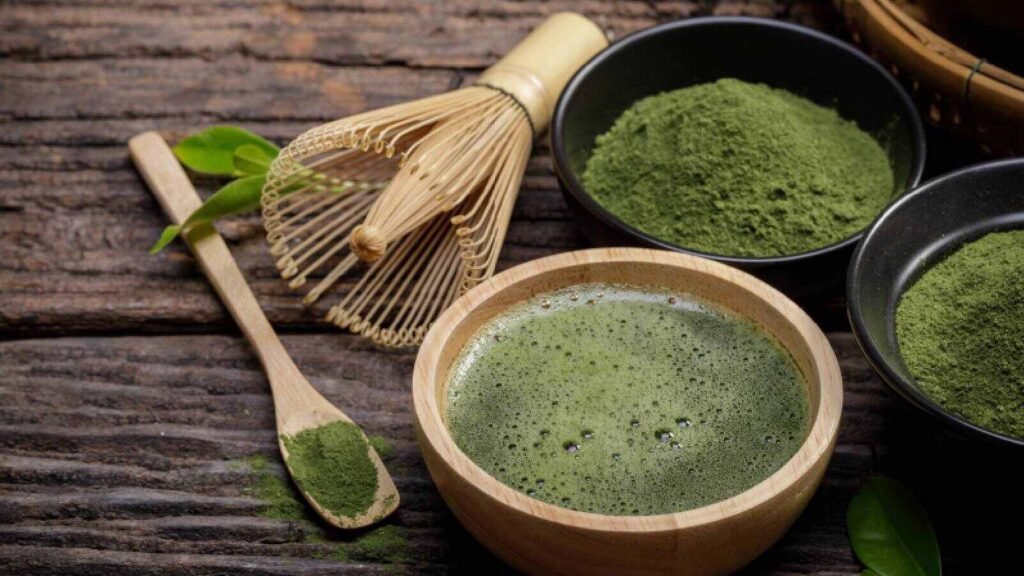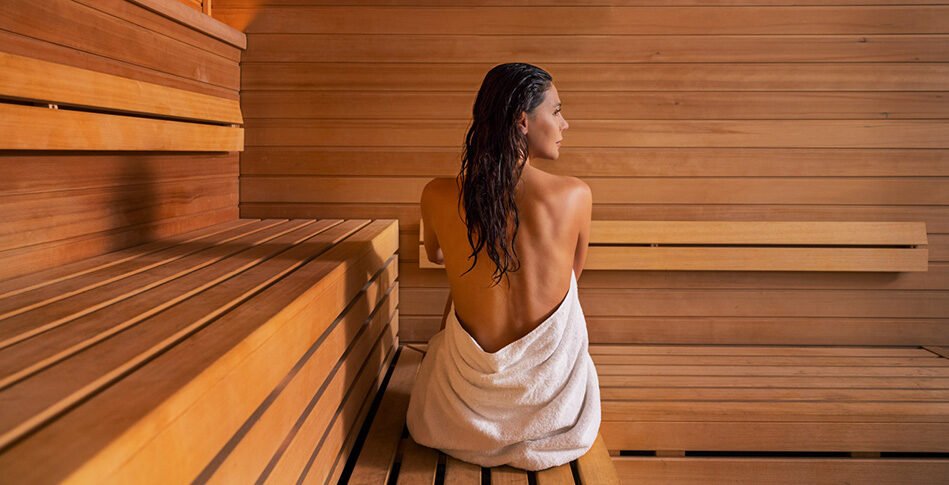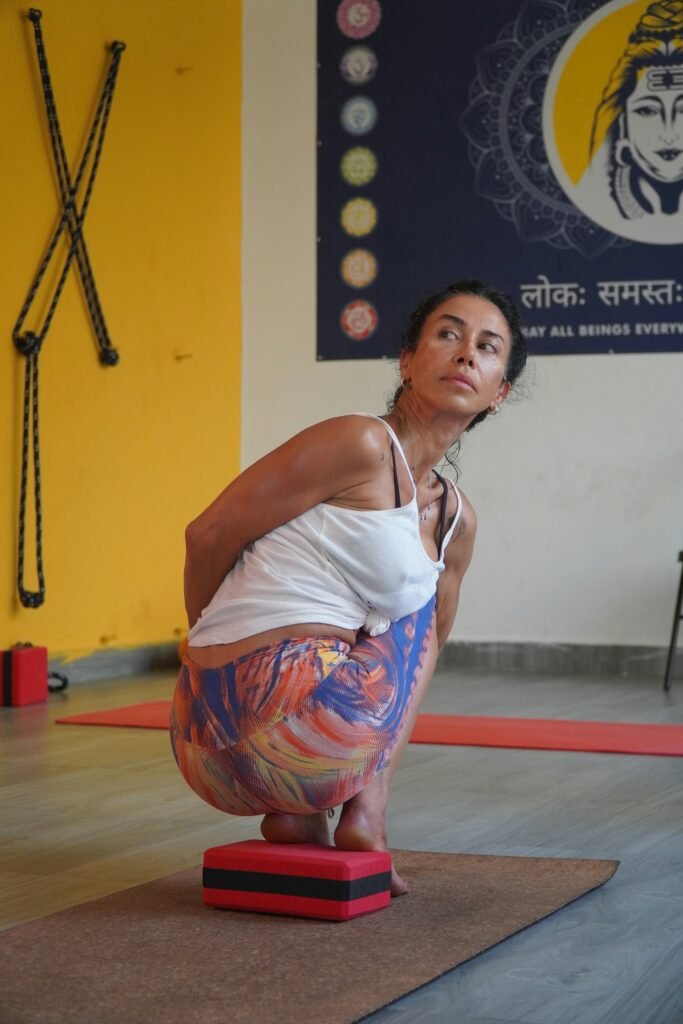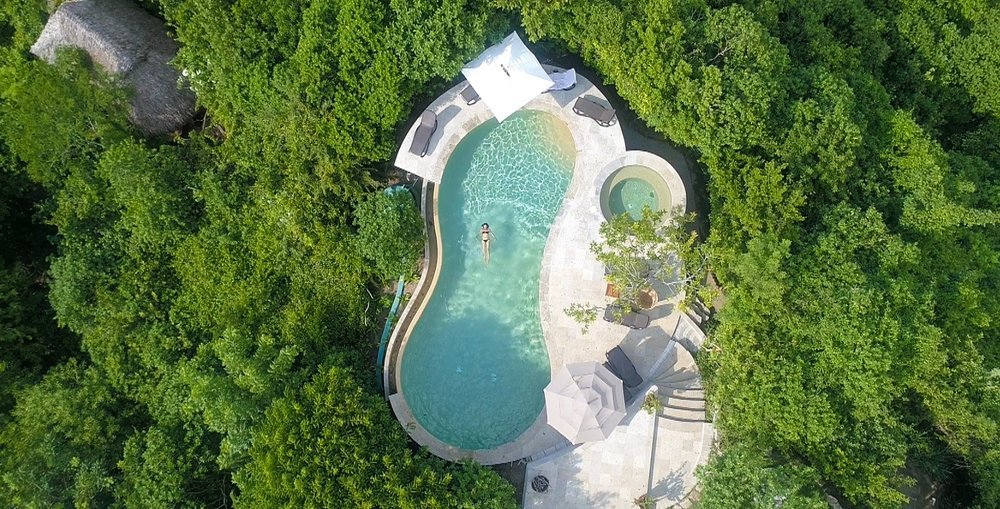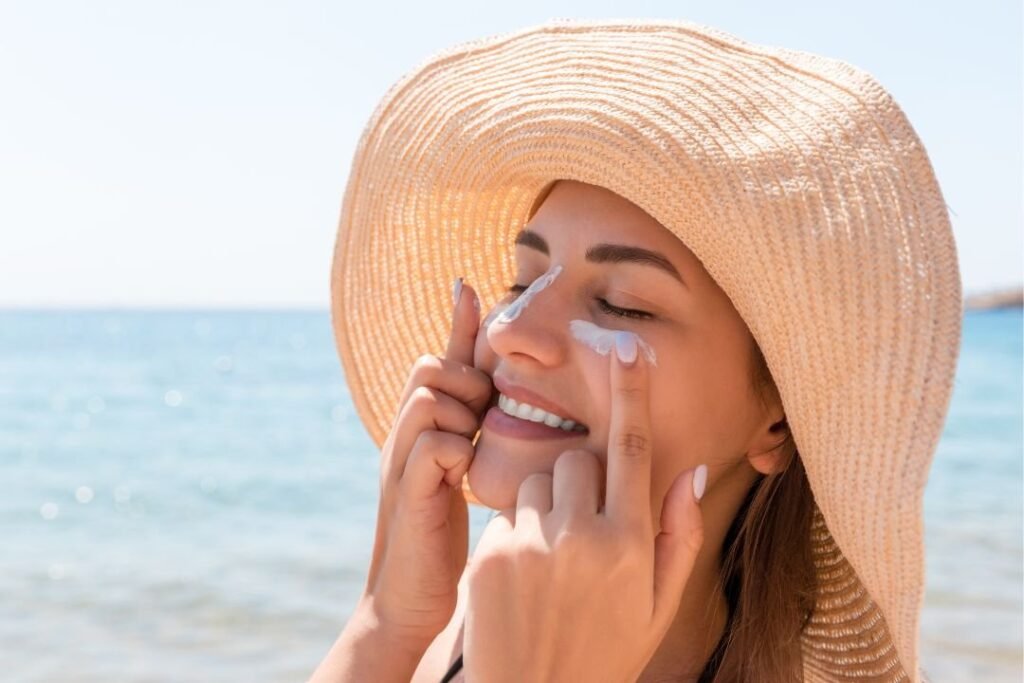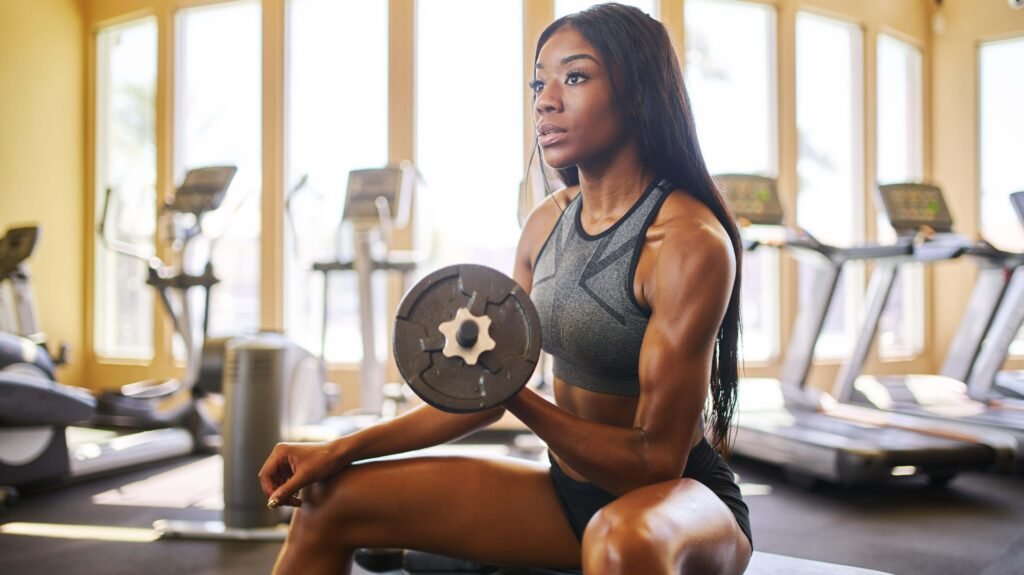Best Protein Food for Weight Gain and Muscle Mass
Best Protein Foods to Gain Weight: A Comprehensive Guide for Wellness Warriors As wellness enthusiasts, we often focus on weight loss, but for some individuals, gaining weight in a healthy way is equally important. Whether you’re an athlete looking to build muscle mass or someone who needs to increase their body weight for health reasons, consuming the right protein-rich foods is crucial. In this article, we’ll explore the best protein foods to help you gain weight in a healthy and sustainable manner. Understanding the Importance of Protein for Weight Gain Before diving into specific foods, it’s essential to understand why protein is so crucial for healthy weight gain. Protein plays a vital role in: 1. Building and repairing muscle tissue 2. Supporting overall health and bodily functions 3. Providing essential amino acids that the body cannot produce on its own 4. Helping to increase muscle mass when combined with strength training A high-protein diet, when paired with an appropriate calorie surplus, can be an effective strategy for gaining weight and building muscle. The recommended protein intake for weight gain is typically between 1.6 to 2.2 grams of protein per kilogram of body weight, depending on your activity level and specific goals. Top Protein-Rich Foods for Healthy Weight Gain 1. Lean Meats Lean meats are excellent sources of high-quality protein and essential nutrients. They provide a substantial amount of protein without excessive saturated fat content. Some of the best options include: ✔ Chicken breast ✔ Turkey breast ✔ Lean cuts of beef (sirloin, tenderloin) ✔ Lean pork cuts For example, a 6-ounce (170g) serving of chicken breast provides about 54 grams of protein, making it an excellent choice for those looking to increase their protein intake. 2. Fish and Seafood Fish and seafood are not only rich in protein but also provide healthy fats, particularly omega-3 fatty acids. Some great options include: ✔ Salmon ✔Tuna ✔ Tilapia ✔ Shrimp A 6-ounce (170g) serving of salmon contains approximately 34 grams of protein and is also rich in heart-healthy omega-3s. 3. Eggs Eggs are a versatile and affordable source of high-quality protein. They’re also rich in essential nutrients and healthy fats. One large egg contains about 6 grams of protein, making them an excellent addition to any meal. Consider incorporating: ✔ Whole eggs ✔ Egg whites ✔ Hard-boiled eggs as a convenient snack 4. Dairy Products Dairy products are excellent sources of protein and also provide calcium for bone health. Some protein-rich dairy options include: ✔ Greek yogurt (higher in protein than regular yogurt) ✔ Cottage cheese ✔ Whole milk ✔ Full-fat yogurt For instance, a cup (245g) of Greek yogurt can contain up to 23 grams of protein, making it an excellent choice for boosting protein intake. 5. Plant-Based Protein Sources For those following a vegan diet or looking to incorporate more plant-based foods. There are numerous high-protein options: ✔ Legumes (lentils, beans, chickpeas) ✔ Quinoa ✔ Tofu and tempeh ✔ Nuts and seeds A cup (198g) of cooked lentils provides about 18 grams of protein, along with fiber and other essential nutrients. 6. Protein Supplements While whole foods should be the primary source of nutrients, protein supplements can be a convenient way to increase protein intake. Options include: ✔ Whey protein powder ✔ Casein protein powder ✔Plant-based protein powders (pea, rice, hemp) ✔Protein bars A typical scoop of whey protein powder contains about 25 grams of protein, making it an easy addition to smoothies or shakes. Combining Protein with Calorie-Dense Foods To gain weight effectively, it’s important to combine protein-rich foods with calorie-dense options. This approach ensures you’re getting enough protein for muscle growth while also increasing your overall calorie intake. Some calorie-dense foods to consider include: 1. Healthy fats: Olive oilAvocadosNuts and nut butters (e.g., peanut butter, almond butter)Seeds (chia, flax, pumpkin) 2. Olive oil 3. Avocados 4. Nuts and nut butters (e.g., peanut butter, almond butter) 5. Seeds (chia, flax, pumpkin) 6. Complex carbohydrates:Whole grains (brown rice, quinoa, oats)Sweet potatoesWhole grain bread and pasta 7. Whole grains (brown rice, quinoa, oats) 8. Sweet potatoes 9. Whole grain bread and pasta 10. Calorie-rich fruits:BananasDried fruits (raisins, dates, figs)Mangoes 11. Bananas 12. Dried fruits (raisins, dates, figs) 13. Mangoes Sample Meal Plan for Weight Gain Here’s a sample meal plan that incorporates protein-rich foods and calorie-dense options to support healthy weight gain: 1. Breakfast:3 whole eggs scrambled with spinach and cheese2 slices of whole grain bread with avocado spread1 banana1 cup of whole milk 2. 3 ( theree ) whole eggs scrambled with spinach and cheese 3. 2 ( two ) slices of whole grain bread with avocado spread 4. 1 ( one ) banana 6. Mid-morning snack:Greek yogurt with mixed nuts and honey1 apple with peanut butter 7. Greek yogurt with mixed nuts and honey 8. 1 ( one ) apple with peanut butter 9. Lunch:Grilled chicken breast (6 oz)Brown rice (1 cup cooked)Roasted vegetables with olive oilTrail mix (1/4 cup) 10. Grilled chicken breast (6 oz) 11. Brown rice (1 cup cooked) 12. Roasted vegetables with olive oil 13. Trail mix (1/4 cup) 14. Afternoon snack:Protein shake made with whey protein, whole milk, and a banana1 hard-boiled egg 15. Protein shake made with whey protein, whole milk, and a banana 16. 1 hard-boiled egg 17. Dinner:Salmon fillet (6 oz)Sweet potato (medium)Steamed broccoli with olive oil Quinoa salad with mixed vegetables 18. Salmon fillet (6 oz) 19. Sweet potato (medium) 20. Steamed broccoli with olive oil 21. Quinoa salad with mixed vegetables 22. Before bed snack:Cottage cheese with berries and a drizzle of honeyHandful of almonds 23. Cottage cheese with berries and a drizzle of honey 24. Handful of almonds This meal plan provides a good balance of protein-rich foods, complex carbohydrates, and healthy fats to support weight gain and muscle growth. Tips for Healthy Weight Gain 1. Eat frequent meals: Aim for 5-6 smaller meals throughout the day instead of 3 large ones. 2. Incorporate calorie-dense foods: Add healthy fats like olive oil, avocado, or nuts to your meals for extra
Best Protein Food for Weight Gain and Muscle Mass Read More »

